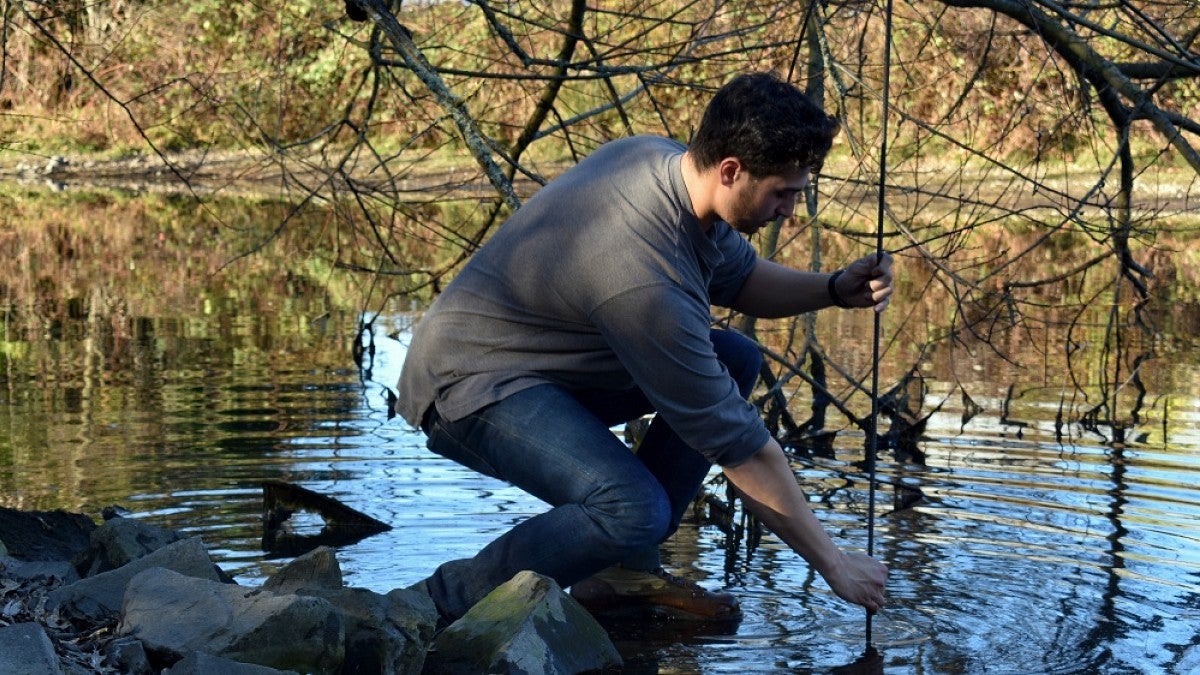Campus Planning and Facilities Management recently renewed its commitment to research and the student experience by forming several new academic partnerships.
“In a lot of ways, big and small, CPFM is trying to reach the primary mission of the institution — research and teaching — and looking at ways besides just keeping the classrooms clean and the utilities running,” said Michael Harwood, the associate vice president for campus planning and facilities management. “We’re looking for other concrete ways we can engage our faculty and our students to make our campus a better place.”
Campus planning has historically maintained a few academic relationships, such as with the Energy Studies and Buildings Lab. Now it’s reaching out to support faculty research and student experience in a wider range of disciplines.
“Beyond buildings, we’re talking to more faculty in disciplines like biology, landscape architecture and economics,” Harwood said. “It’s an interest in utilizing the resources that we have on campus.”
Last spring campus planning partnered with biology professor Bitty Roy, Earth sciences professor Josh Roering and history professor emeritus Matt Dennis. Their students produced historical, ecological and geomorphological research projects on the Eugene millrace.
Campus planning contributed funds to the class and ultimately added the students’ findings to a repository of millrace research and information.
“I was really impressed with how eager they were to learn from the students, and they really followed through on that,” Roering said. “I think when the students see a vice president of the university come in and say, ‘We value what you guys are going to bring to the table,’ that puts a different level of ownership in their work.”
One student’s results were particularly eye-opening. Ethan Niyangoda, a geology major, measured the depth of sediment collected along the bottom millrace. Niyangoda hypothesized that the sediment would measure at around a foot of depth more or less uniformly, but he found it much deeper than expected. The sediment’s depth varies wildly along the channel, reaching more than 10 feet at its deepest.
“If you know that there’s this much sediment in there, it’s going to be a lot different way of handling it,” he said. “This is looking like they’re going to have to dredge the channel, which isn’t something we necessarily knew before this, if they want to build upon the millrace.”
Reaching out in a different direction, campus planning is co-funding a study led by Trudy Cameron, a professor of environmental and resource economics.
Cameron and one of her doctoral students are developing a survey that will explore the campus community’s willingness to pay for significant emissions reduction on campus. It will lead to a dissertation on the topic.
“The study with Trudy came out of our sustainability efforts,” Harwood said. “Some sustainability initiatives are pretty easy — the proverbial low-hanging fruit — but we’ve done all those. What are folks willing to do in addition that might be worth considering? And so she’s helping us put together a study that’s helping us look at how to help the campus become even more sustainable in our operations.”
Campus planning is also helping fund is a study led by UO architecture professor Ihab Elzeyadi. His students are conducting detailed analysis of Straub Hall’s performance. The results will provide feedback to campus planning and feed into a database Elzeyadi created for research purposes.
“The projects really start with different needs in CPFM and then we look out to faculty to see whether or not they can help us meet those,” said Steve Mital the director of campus planning’s Office of Sustainability. “It’s really three different sets of interests coming together: student experience, faculty research and the making of a sustainable campus.”
—By Sarah Eddy, University Communications


